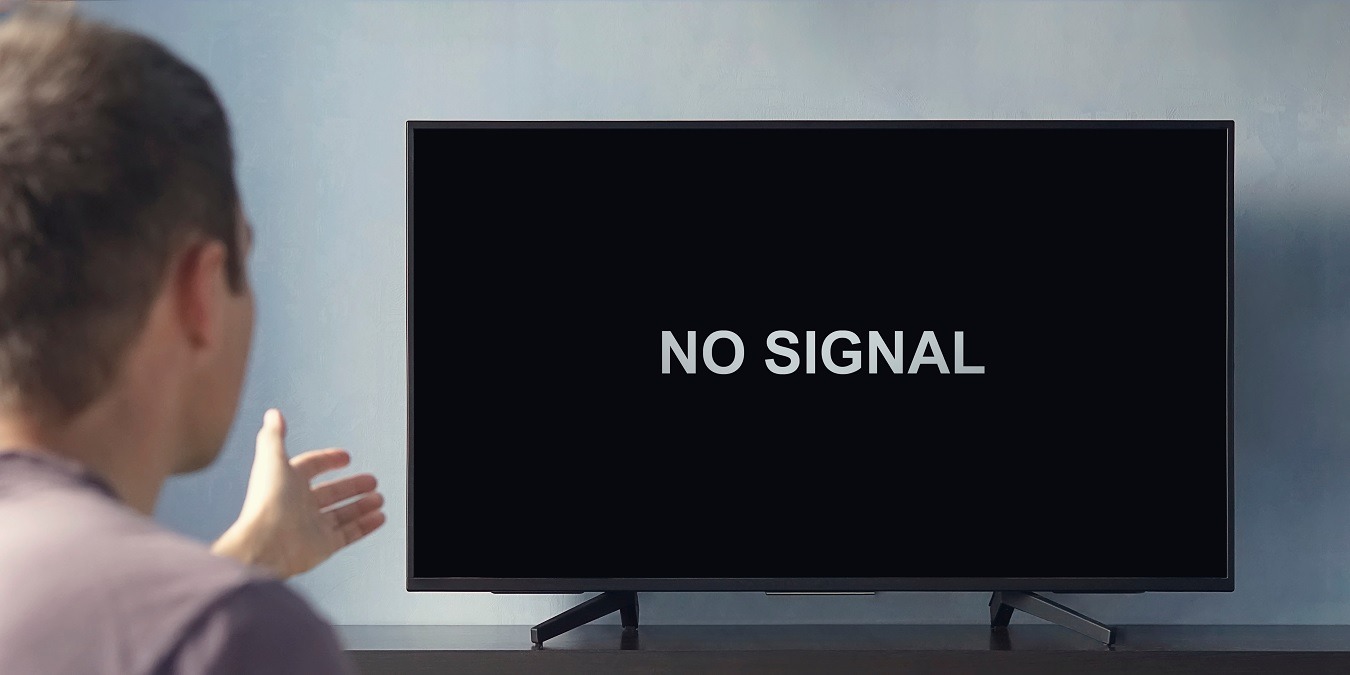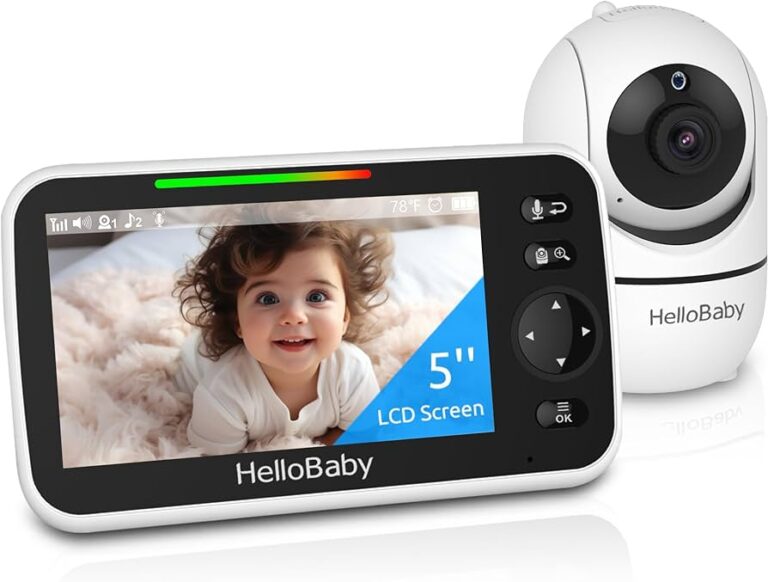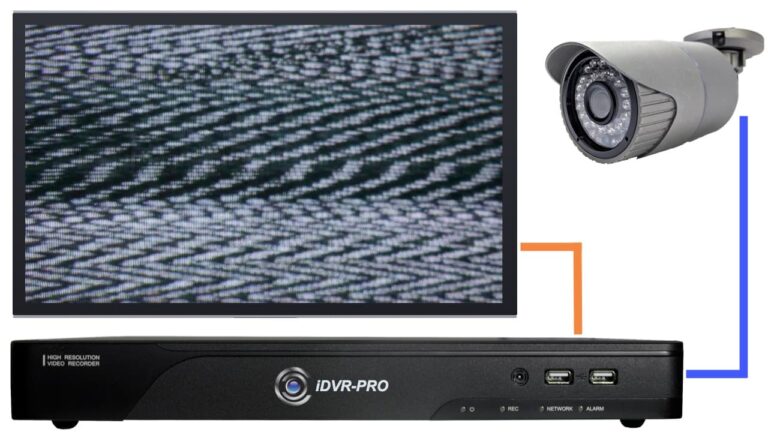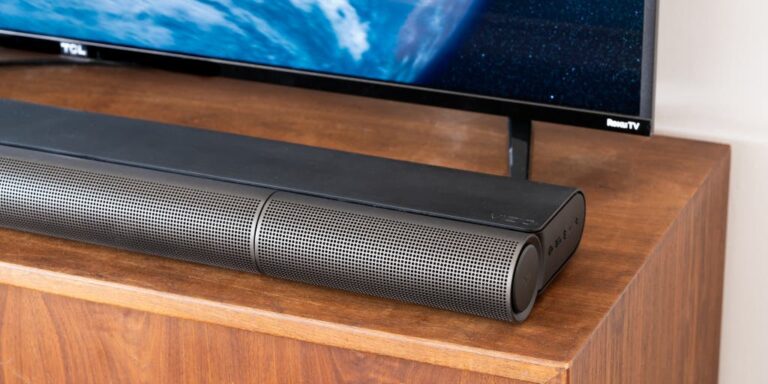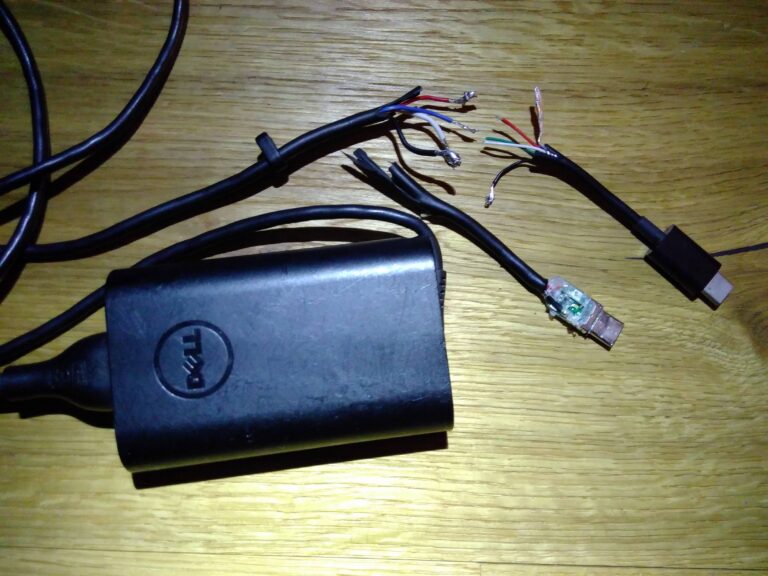Monitor is Not Receiving Signal from Laptop: Troubleshooting Guide
If your monitor is not receiving a signal from your laptop, it could be due to a faulty or loose cable in the HDMI or display port. Another possibility is that there may be hinge issues with your laptop, causing the display screen to remain black.
To troubleshoot this issue, try reconnecting the HDMI cable and check if it is damaged. If necessary, replace the cable. This is one of the most common causes of a monitor not receiving a signal. Additionally, ensure that all cable connections are secure between the monitor and the computer.
Initial Checks For Signal Disruption
When your monitor is not receiving a signal from your laptop, it can be frustrating and hinder your productivity. However, before jumping to conclusions and assuming the worst, there are a few initial checks you can perform to troubleshoot and potentially resolve the issue. By following these simple steps, you can identify common signal disruption culprits and hopefully restore the connection between your laptop and monitor.
Confirm Cable Integrity And Connection
A faulty or loose cable in the HDMI or display port can prevent your monitor from starting or displaying any image. To address this issue, start by closely examining your monitor cables for any signs of damage. Look for bends, cuts, or other physical defects. If you spot any issues, it is advisable to replace the cable with a new one. However, if the cable appears to be in good condition, check its connection to both the monitor and the laptop.
Ensure that the cable is securely plugged into the HDMI or display port on your laptop. Sometimes, a cable may become partially disconnected due to movement or accidental bumping. Gently disconnect and reconnect the cable to ensure a secure connection. Take note of any resistance or clicks as you plug it in, as this indicates a proper connection.
Evaluate External Monitor Power Supply
In some cases, a lack of power supply to the external monitor can result in a “no signal” error message. Check that the monitor is receiving power by ensuring it is properly plugged into a functioning power outlet. Additionally, confirm that the power cable is securely connected to both the monitor and the power source. In rare cases, a faulty power cable may prevent the monitor from receiving power, so consider testing a different cable to eliminate this as a potential issue.
Assess Laptop’s Display Function
The problem may lie with the laptop’s display function itself. To test this, try connecting your laptop to a different monitor or display device. If the alternative display works, it indicates that the issue resides with the original monitor. However, if the laptop fails to display on any monitor, it suggests a problem with the laptop’s graphics card or other internal hardware.
If you suspect a malfunctioning graphics card, update the graphics drivers or consult a professional technician for further assistance. It is also worth checking the laptop’s display settings to ensure the correct display is selected and the resolution is compatible with the monitor.
Performing these initial checks for signal disruption can assist in identifying and resolving common issues that may hinder the connection between your laptop and monitor. By addressing cable integrity, power supply, and laptop display function, you can take a step towards resolving the “no signal” problem and regain productivity with your laptop and monitor setup.
Cable And Interface Examination
When your monitor is not receiving a signal from your laptop, it could be due to a faulty or loose cable or an issue with the cable’s interface. Cable and interface problems are common causes of no signal issues between your laptop and monitor. Here, we will examine the different cable types and interfaces, such as HDMI, VGA, and DisplayPort, and discuss steps to troubleshoot and resolve these issues.
Hdmi Checks
HDMI cables are commonly used to connect laptops and monitors. If you are experiencing a no signal issue, follow these steps to examine the HDMI connection:
- Inspect the HDMI cable for any physical damage.
- Ensure that the HDMI cable is securely plugged into both your laptop and monitor.
- If possible, try using a different HDMI cable to see if the issue is resolved.
Vga Checks
VGA cables are another type of cable that can be used to connect laptops and monitors. If you are using a VGA cable and encounter a no signal problem, consider the following checks:
- Check for any visible damage on the VGA cable.
- Make sure that the VGA cable is firmly connected to both your laptop and monitor.
- Try using a different VGA cable to see if the issue persists.
Displayport Checks
DisplayPort is a digital interface that provides high-definition video and audio output. If you are using a DisplayPort cable and facing a no signal issue, try these steps:
- Inspect the DisplayPort cable for any signs of damage.
- Ensure that the DisplayPort cable is securely connected to both your laptop and monitor.
- If available, try using a different DisplayPort cable to determine if the problem lies with the cable.
Adapter And Docking Station Considerations
If you are utilizing adapters or docking stations to connect your laptop and monitor, make sure to inspect them for any issues. Follow these steps:
- Check the adapter or docking station for any physical damage.
- Ensure that all connections are secure and properly inserted.
- If possible, try using a different adapter or docking station to troubleshoot the problem.
Cable Replacement And Reconnection Steps
If the previous checks do not resolve the no signal issue, it may be necessary to replace the cable or reconnect it. Follow these steps:
- Unplug the cable connecting your laptop and monitor from both ends.
- Inspect the cable for any damage or wear.
- If the cable appears damaged, replace it with a new one.
- Securely reconnect the cable to both your laptop and monitor.
By examining the cables and interfaces, including HDMI, VGA, and DisplayPort, and considering adapter and docking station conditions, you can effectively troubleshoot and resolve a monitor not receiving a signal from a laptop issue.
Laptop Configuration And Settings
If your monitor is not receiving a signal from your laptop, the issue may lie in the laptop’s configuration and settings. By reviewing the detailed graphics card settings, multiple displays and projection modes, and BIOS/UEFI settings, you can troubleshoot and fix the problem.
Detailed Graphics Card Settings Review
One possible reason for the monitor not receiving a signal is incorrect graphics card settings. To resolve this, follow these steps:
- Right-click on your desktop and select “Graphics Options” or similar.
- Navigate to the “Display” or “Display Settings” option.
- Ensure that the correct display, resolution, and refresh rate are selected.
- Check if the display output is set to the correct monitor.
- Save the changes and restart your laptop to see if the monitor receives a signal.
Multiple Displays And Projection Modes
Your laptop may be configured to use multiple displays or projection modes, which can cause the monitor not to receive a signal. Try the following steps to resolve this:
- Press the “Win + P” keys on your keyboard to open the “Project” menu.
- Select the “PC screen only” option to disable multiple displays.
- If you want to use an external monitor, select the “Duplicate” or “Extend” option.
- Check if the monitor receives a signal after making these changes.
Bios/uefi Settings And Potential Impact
The BIOS/UEFI settings of your laptop can affect the display output. Follow these steps to check and adjust the settings:
- Restart your laptop and press the designated key (e.g., F2, Del) to enter the BIOS/UEFI settings.
- Navigate to the “Display” or “Graphics” settings.
- Ensure that the primary display is set correctly.
- Check if there are any specific settings related to external monitors or display outputs.
- Save the changes and exit the BIOS/UEFI settings, then restart your laptop.
By reviewing and adjusting the laptop’s configuration and settings, especially the detailed graphics card settings, multiple displays and projection modes, and BIOS/UEFI settings, you can resolve the issue of the monitor not receiving a signal from your laptop. Ensure all cables are securely connected and in good condition as well.
Advanced Troubleshooting Techniques
When your monitor is not receiving a signal from your laptop, it can be frustrating and hinder your productivity. However, there are advanced troubleshooting techniques that you can try to identify and resolve the issue.
Driver Updates And Operating System Factors
Outdated or faulty drivers can prevent your laptop from sending a signal to the monitor. It is crucial to keep your drivers up to date to ensure compatibility and optimal performance. Here are some steps to follow:
- Identify your laptop’s manufacturer and model.
- Visit the manufacturer’s official website to locate the driver support section.
- Search for the appropriate driver for your laptop model and download it.
- Install the driver following the provided instructions.
- Restart your laptop and check if the monitor receives a signal.
In addition to driver updates, certain operating system factors can also contribute to signal issues. Ensure that your laptop’s operating system is fully updated by following these steps:
- Click on the Start menu and go to “Settings”.
- Select “Update & Security”.
- Click on “Windows Update”.
- Click on “Check for updates” and wait for the system to search for available updates.
- If updates are found, click on “Install” to initiate the installation process.
- Once the updates are installed, restart your laptop and check if the monitor receives a signal.
Monitor And Laptop Compatibility Checks
Compatibility issues between your monitor and laptop can also lead to a lack of signal. It is important to ensure that both devices are compatible with each other. Here are some steps to check compatibility:
- Refer to the user manuals or specifications of your monitor and laptop to determine their supported specifications and interfaces.
- Check if the video output port on your laptop matches the video input port on your monitor (e.g., HDMI, DisplayPort, VGA).
- If the ports do not match, you may need to use an appropriate adapter or cable to establish a compatible connection.
- Make sure the cables are securely connected to both the laptop and the monitor.
- If possible, test the monitor with a different laptop or vice versa to rule out any hardware compatibility issues.
Hardware Diagnostics And Potential Failures
In some cases, hardware failures can be the cause of the “no signal” issue between your laptop and monitor. Conducting hardware diagnostics can help you identify and resolve these problems. Follow these steps:
- Disconnect all external devices connected to your laptop, including the monitor.
- Power off your laptop and remove the battery (if applicable).
- Press and hold the power button for 30 seconds to discharge any residual power.
- Reconnect the battery and power on your laptop.
- If possible, connect your laptop to an external display using a different video output port to check if the issue persists.
- If the external display works, it indicates a potential issue with your laptop’s internal display or video output.
- If the issue persists, it may be necessary to seek professional hardware repair or consult the manufacturer for further assistance.
Remember to always follow safety guidelines when working with electronic devices and consult the appropriate resources or professionals if needed. By following these advanced troubleshooting techniques, you can increase the chances of resolving the “no signal” issue between your laptop and monitor.
Monitor Is Not Receiving Signal: Resolutions
A faulty or loose cable or cable in the HDMI or display port will refrain your monitor from starting. Similarly, if your laptop turns on but no display screen blackout occurs due to hinge issues. Reconnect the HDMI cable and see or replace the cable if it is damaged.
Step-by-step Guide To Resolving Common Issues
Before you try anything else, start by examining your monitor cables closely. A faulty, loose, or wrongly-placed cable is one of the most common reasons for a monitor reporting no signal. Follow these steps to troubleshoot:
- Unplug the cable running from your monitor to your laptop and plug it back in, ensuring a firm connection.
- Check for any visible damage or loose connections on the cable. If damaged, replace the cable with a new one.
- Verify that the cable is correctly connected to both the monitor and the laptop. Ensure it is securely inserted into the HDMI or display port.
- If you are using an external adapter or docking station, make sure it is properly connected to both the laptop and the monitor.
- Restart your laptop and check if the monitor now receives a signal.
If these steps do not resolve the issue, consider seeking professional assistance.
Seeking Professional Assistance
If you have followed the above troubleshooting steps and your monitor still does not receive a signal from your laptop, it may be time to consult a professional. An experienced technician can diagnose and fix the problem more accurately. They have the tools and knowledge to identify hardware issues and provide advanced solutions.
Professional assistance can help ensure that the root cause of the problem is addressed and that your monitor receives the necessary signal from your laptop.
When To Consider Hardware Replacement
In some cases, the issue may not be with the cables or connections but with the hardware itself. If you have tried different cables, ports, and laptops, and your monitor is still not receiving a signal, it may be time to consider hardware replacement. Here are a few signs that indicate the need for hardware replacement:
- The monitor consistently fails to receive a signal from any laptop or device.
- There are visible physical damages to the monitor or its internal components.
- The monitor displays other abnormalities, such as flickering screens or distorted images.
- You have already sought professional assistance, and all other possible causes have been ruled out.
When considering hardware replacement, consult with a knowledgeable professional or contact the manufacturer for further assistance.
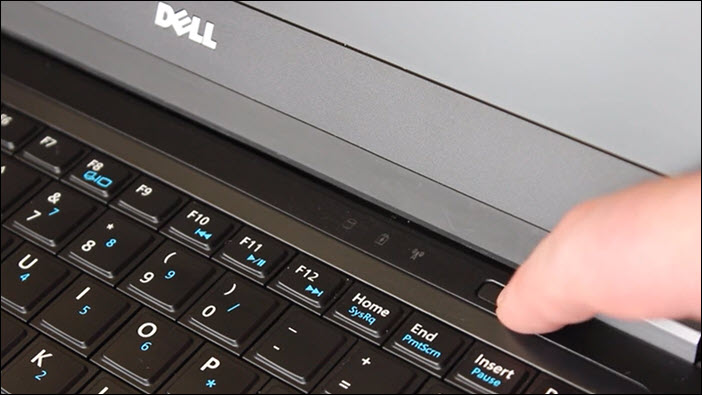
Credit: www.dell.com
Frequently Asked Questions Of Monitor Is Not Receiving Signal From Laptop
Why Is My Monitor On But No Display?
A monitor may be on but have no display due to faulty or loose cables, issues with the HDMI or display port, hinge issues on a laptop, defective or incorrectly placed cables, incorrect display configuration, faulty GPU or RAM, incorrect BIOS configuration, faulty peripheral devices, or a damaged PSU.
Ensure cable connections are secure, check for damage or loose connections, update or reinstall graphics drivers, and try a different monitor or display if necessary.
Why Does My Monitor Say No Signal When Connected To My Laptop?
Your monitor may say “no signal” when connected to your laptop due to a faulty or loose cable, issues with the HDMI or display port, or hinge problems. Try reconnecting or replacing the HDMI cable. Another common cause is a defective or incorrectly placed cable.
Make sure all connections are secure.
Why Is My Graphics Card Not Sending Signal To My Monitor?
A faulty or loose cable in the HDMI or display port can prevent the graphics card from sending a signal to the monitor. Reconnect or replace the damaged cable and make sure the connections are secure. Update or reinstall graphics drivers if necessary.
Why Is There No Signal On My Dvi Cable?
There could be multiple reasons why there is no signal on your DVI cable. Check the DVI cable and connections to ensure they are secure. Loose connections can cause signal problems. Try unplugging and re-plugging the DVI cable to ensure a snug fit.
Also, make sure the cable is not damaged and replace if necessary.
Conclusion
If your monitor is not receiving a signal from your laptop, there are a few possible causes to consider. It could be due to a faulty or loose cable, a problem with the HDMI or display port, or even hinge issues on your laptop.
Checking and reconnecting the cables, as well as replacing any damaged ones, might solve the issue. Remember to also inspect the graphics card, update drivers if needed, and ensure a secure connection between the monitor and the computer. By following these steps, you can troubleshoot and hopefully resolve the “no signal” problem with your monitor.
